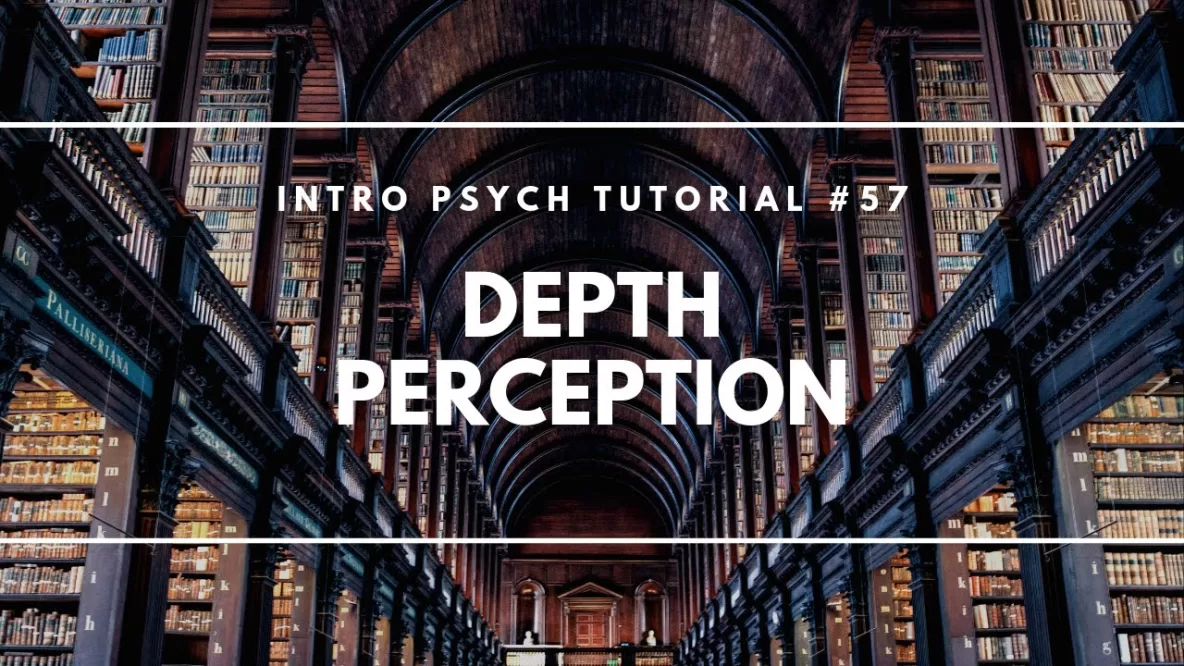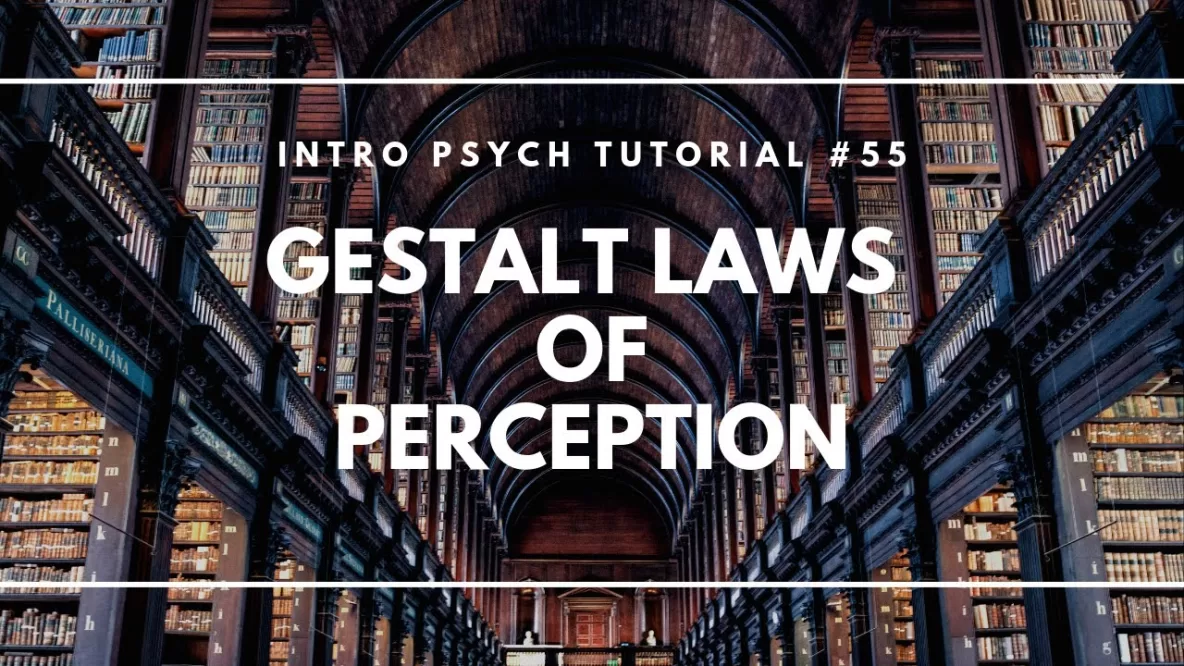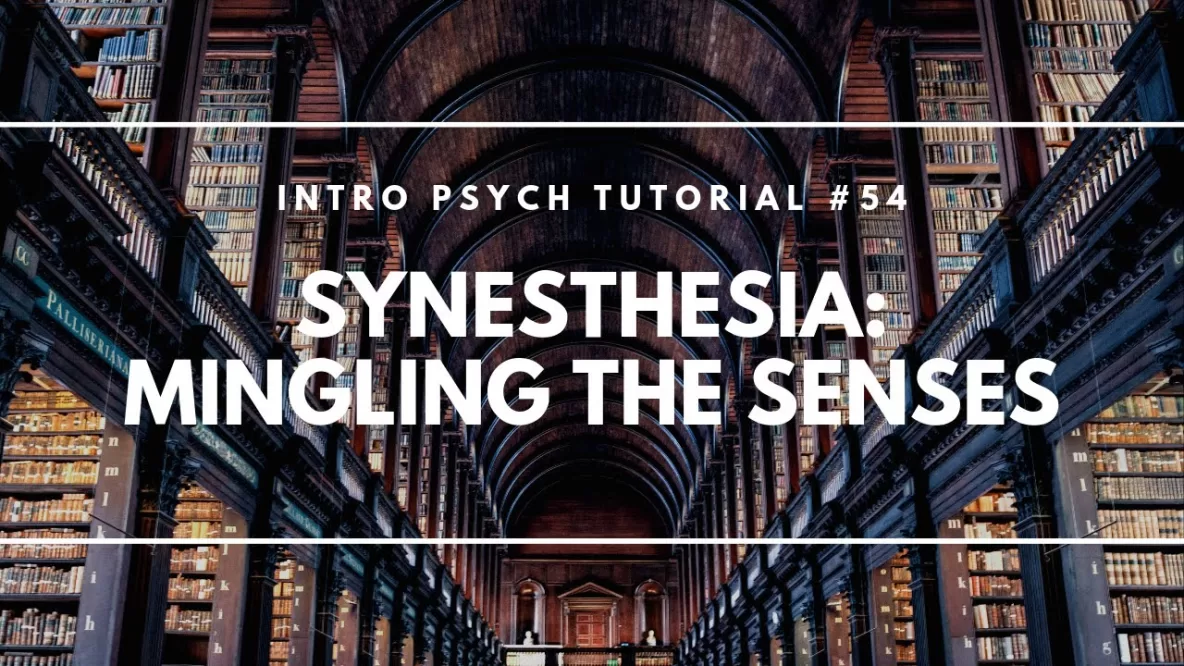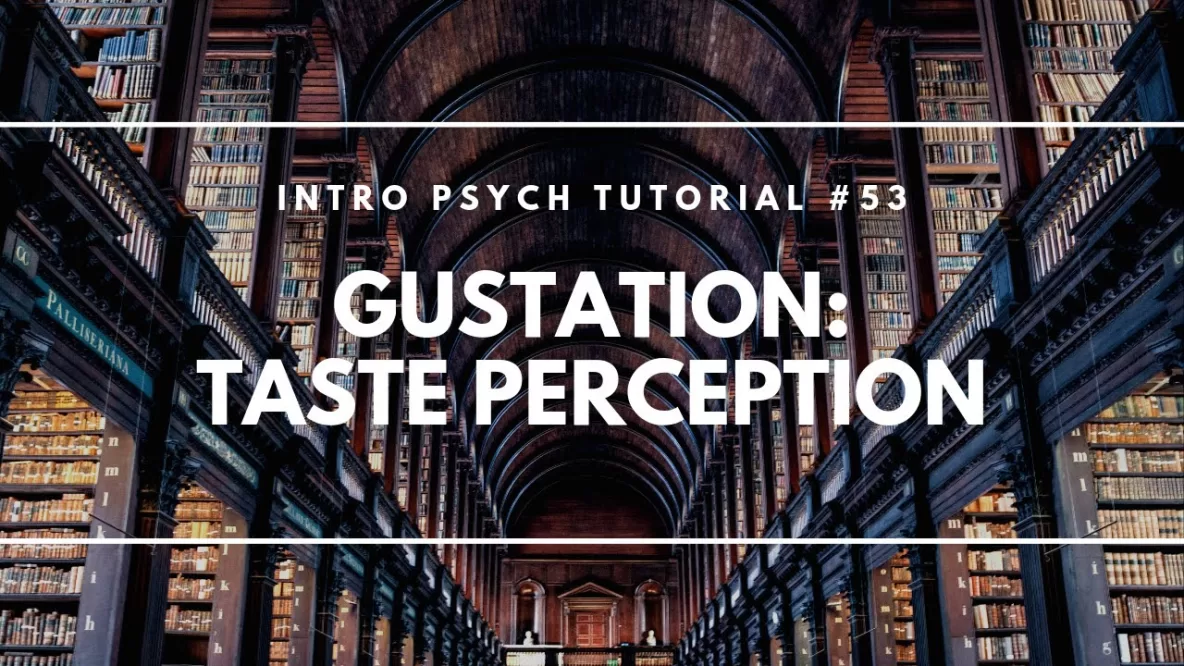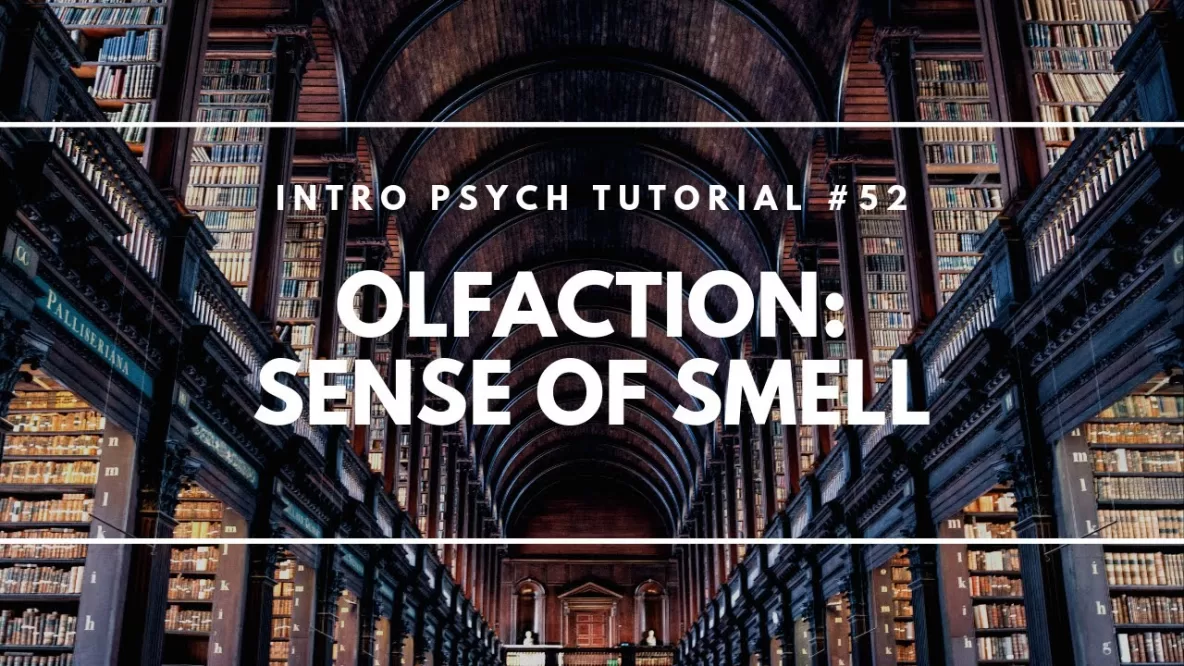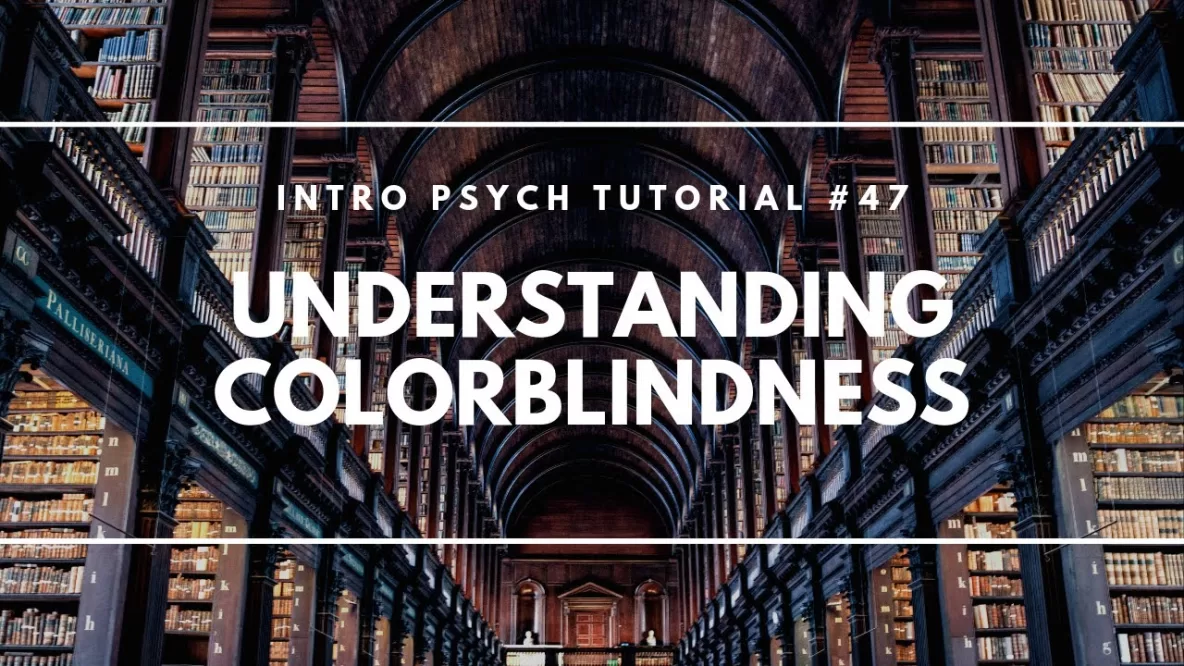In this video I describe the many cues that we use to perceive depth and experience a 3D world based on the 2D information from our retinas. These include monocular cues (linear perspective, relative size, texture gradient, interposition, and shading), … Read More
Perceptual Constancy
In this video I describe perceptual constancy, which refers to the idea that we perceive a relatively stable and unchanging world despite the fact that sensory information is changing dramatically. I explain how this applies visually to size, brightness, and … Read More
Gestalt Laws of Perception
In this video I focus on perception and how we make sense of the information coming in from our senses. Gestalt laws refer to general principles for organizing and interpreting sensory information. I provide visual examples for several gestalt laws … Read More
Synesthesia: Mingling the Senses
In this video I explain synesthesia, in which stimulation of one sense can automatically stimulate another, such as seeing colors when hearing pitches or tasting sounds. I also demonstrate one way that researchers can test certain types of synesthesia and … Read More
Gustation: Taste Perception
In this video I explain the process of transduction for taste and how gustatory cells detect tastant molecules in food. I discuss structures of the tongue, including papillae, taste buds, and gustatory cells and consider evolutionary explanations for changes in … Read More
Olfaction: Sense of Smell
In this video I explain the process of transduction for scent; how odorant molecules in the air can trigger different olfactory receptor neurons which then send messages to the rhinencephalon or “nose brain”. I mention the links between scent, emotion, … Read More
Touch, Haptic Perception, & the Somatosensory Cortex
In this video I describe touch sensation and haptic perception, which refers to exploring the world by grasping. I outline the types of receptor in the skin including mechanoreceptors, thermoreceptors, and nocireceptors, and then discuss how signals are mapped out … Read More
How Hearing Works: Parts of the Ear
In this video I explain the process of transduction for hearing in order to convert soundwaves into neural activity. I describe each of the parts of the ear and discuss how the movement of fluid in the basilar membrane triggers … Read More
Understanding Colorblindness
In this video I explain different types of colorblindness and what can cause people to have difficulty differentiating colors, either from the lack of a cone type (-anopia) or if the sensitivity of a cone type has been shifted (-anamoly). … Read More
Color Vision: Trichromatic and Opponent Process Theories
In this video I discuss how color vision occurs and explain two important theories for understanding color vision; Young-Helmholtz Trichromatic Theory and Opponent Process Theory. Along the way I describe how some people are able to see ultraviolet (UV) light, … Read More

